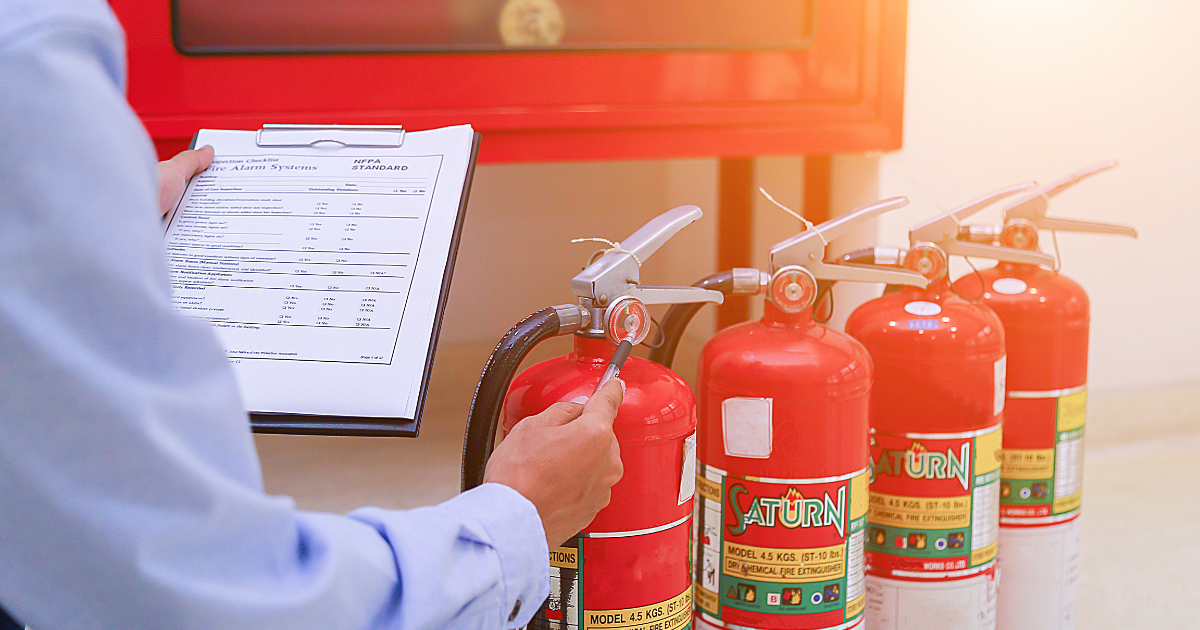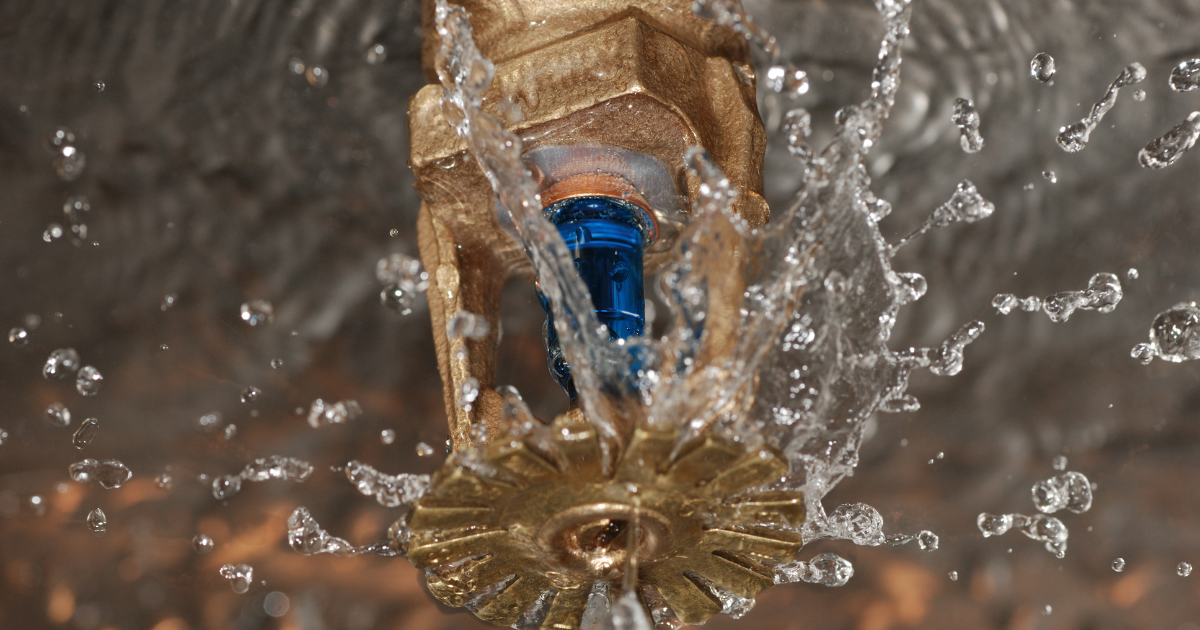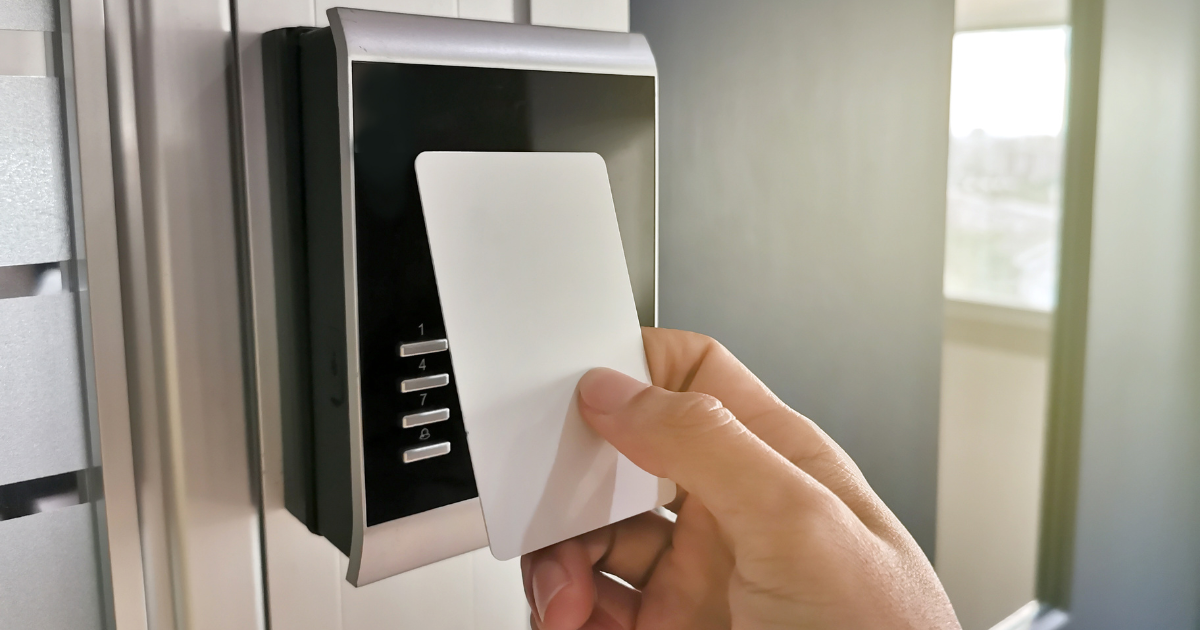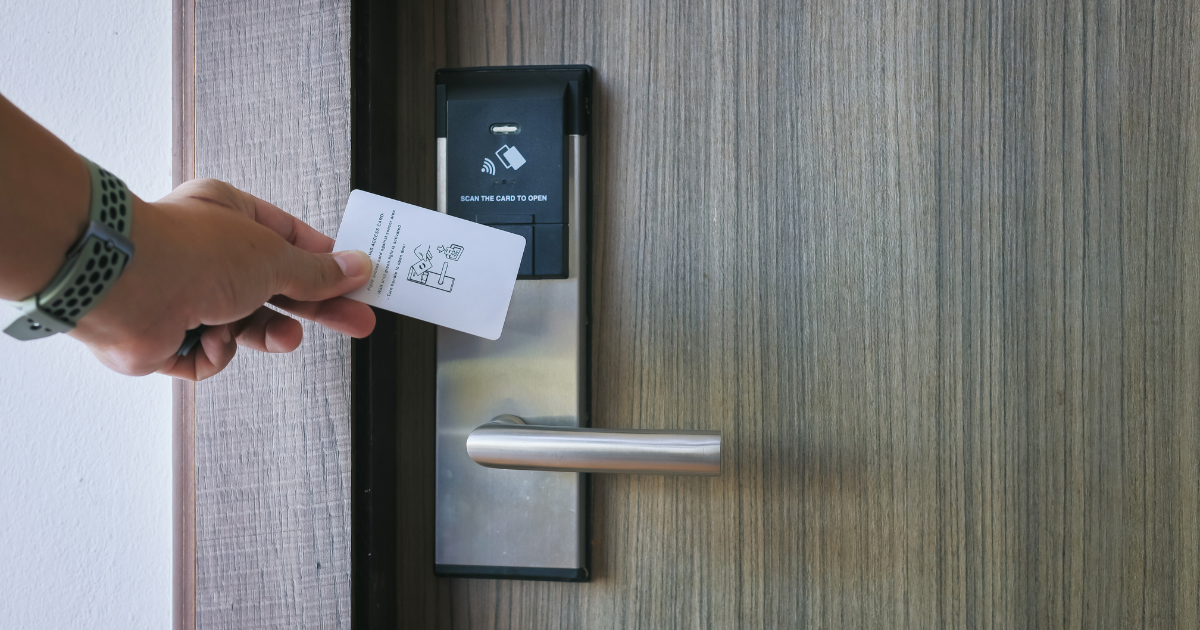Backflow, in which untested and possibly unsafe water, including sewage, goes the wrong direction due to backpressure, and can contaminate cross-connections of pipes between the public water system and private water systems.
Backpressure occurs when the downstream pressure exceeds the pressure in the water supply distribution system. A backflow prevention valve prevents this from happening.
Many homes and businesses in Prescott, Arizona have backflow prevention valves installed. Keep reading to learn more about these devices.
What Causes Backflow?
The speed and duration of water flow determine the pressure behind it. Backflow occurs when there is a drop of water pressure in the pipe feeding your house. This could be caused by a break in the water line or large amounts of water being used to fight fires.
Backflow also happens if your sprinkler system isn’t properly installed.
The Backflow Prevention Device
A backflow preventer is a mechanical device consisting of two check valves. It stops contaminated water from returning to your property or the city water system.
The device also removes unsafe and contaminated water, including those with chemicals, pesticides, or other harmful materials, from your property, diverts it away, and stops it from returning to your home.
Backflow preventers are required by most municipal codes and water utilities to protect main lines from contamination. A backflow device should be installed on every home for lawn irrigation and boiler heating systems.
A defective backflow device in boiler heating systems could prove to be dangerous. Once the water expands upon heating, contaminated water pushes back into your home’s potable water system. Have it examined by a certified backflow tester annually.
Here’s Why You Need Backflow Prevention Devices

1. Backflow Preventer Keeps Dirty Water Away
The function of a backflow prevention device is to keep dirty and contaminated water from pools, storm drains and other external water sources from flowing backward into clean, uncontaminated water and keeps potable water supply clean.
2. Backflow Preventers Reduces the Risk of Damages To Your Plumbing System
Backflow of sewer can also result in flood damage to residential, commercial, or public property by coming back up through pipes. Backwater flows can be prevented by properly installing and maintaining a backwater prevention valve.
3. A Backflow Prevention Device Prevents Fat and Grease Blockage
A main cause of backflow due to blockage in a home is the pouring of fat and grease down the kitchen sink. These fats can stick to sewer pipes and build to cause blockage leading to backflow through sinks, showers, tubs, and toilets and possibly into your drinking water supply. Instead, allow these substances to cool, scrape or pour into a sealed bag or container and dispose of in the trash.
[Related: The Importance of A Sprinkler Backflow Preventer]
Annual Backflow Preventer Testing
A certified backflow tester should examine your backflow preventers annually to ensure that they are working correctly on the date of certification. It’s also recommended to replace or rebuild them every five years.
Although backflow testing doesn’t guarantee that devices will not fail between certifications, this is still a proactive measure to prevent and help mitigate liability for the building owners.
[Read more about backflow prevention for business here]
It is also important to make sure you’re covered against flood damage from sewage backflow on your insurance policy. It can be a very costly cleanup and cause severe damage to a home or business area.
B&W Fire Security Systems, services and installs backflow prevention devices for residential and commercial buildings. Having these devices regularly inspected and serviced helps keep you and your family safe.
Call us today at 1-800-228-1005




